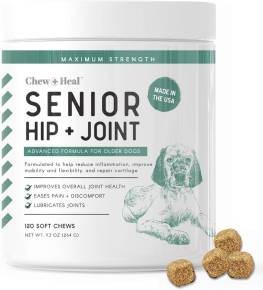Tis the season to celebrate all things light, from reading to clothing to the literal rays pouring down from the sky.
Yet it pays to be cautious about sun exposure. Rates of the deadly skin cancer melanoma are increasing in the United States. One in five Americans will contract it, according to the Melanoma Research Foundation.
Some of us still look to the sun for a summer glow. Is there such a thing as a healthy tan? “Most consider it an oxymoron,” says David E. Fisher, MD, chief of the Department of Dermatology at Boston’s Massachusetts General Hospital.
Here’s how to maximize playtime while minimizing ultraviolet (UV) exposure.
Protect Your Skin
Sun-safe options run the gamut from sunscreen and lip balm to self-tanning products, clothing, and even supplements. With these kinds of choices, you can get the most out of your lazy days without breaking a sweat.
Sunscreen Tips
Usage and Application
“Put on often; slather on thick,” says Dr. Fisher. He and his family go for a broad-spectrum sunblock that protects against UVA and UVB. UVB is the culprit when it comes to most cancers, but UVA, responsible for premature wrinkling and aging, can also damage DNA.
Use sunscreen daily if outside for more than 20 minutes, and reapply often if it’s humid or you’re swimming or perspiring heavily. Dermatologists recommend a sun protection factor (SPF) of at least 15 year-round, which lets you stay in the sun 15 times longer than normal without burning.
Natural Sunscreens
Most oil-based sunscreens don’t contain enough SPF, so opt for cream or lotion. Many natural products contain additional healthful ingredients such as vitamins E and C or green tea.
Kat James, author of The Truth About Beauty, recommends choosing a mineral-based sunscreen (micronized zinc oxide or titanium dioxide) for optimum safety. Avoid synthetic ingredients such as methyl, propyl, butyl, and ethyl paraben.
What to Look for in Lip Balm
Lips get sunburned, too, so apply protection that’s SPF 15 or higher; many lip balms come in pretty summer tints.
Self-tanners
“If a tan is induced by UV radiation, there’s no evidence that it’s a safe tan,” says Dr. Fisher. He adds, “A sunless tan is a safe tan.”
Kat James recommends a bronzer with mineral pigments (iron oxides), which allows for even application.
Supplements that Protect Skin
For protection from the inside out, several studies support the use of beta carotene to counteract the damaging effects of UV radiation. Other potentially protective phytochemicals being studied include lycopene and caffeine.
As for that much-needed by-product of the sun, vitamin D, Dr. Fisher feels that sun exposure is “a carcinogenic way to get vitamin D. It comes at a price—skin cancer.” He notes, “Vitamin D supplements are chemically identical, functional, and will fully replace the vitamin D we would receive from the sun.”


